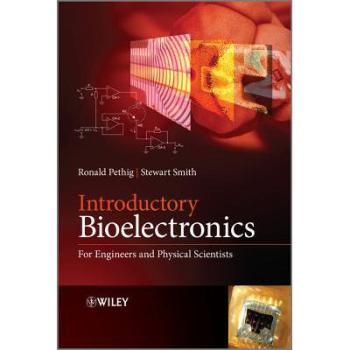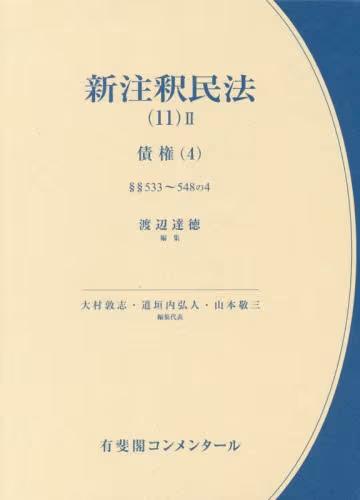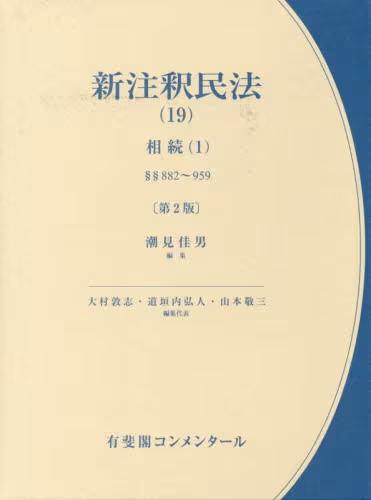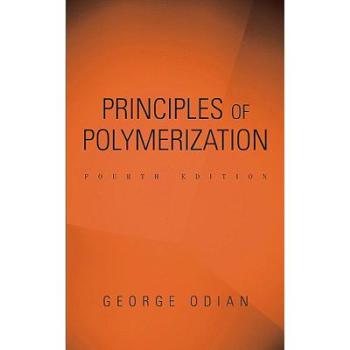
Introductory Bioelectronics - for Engineers and Physical Scientists
生物电子学导论:面向工程师和物理学家
生物物理学售 价:
¥
853.00
发货周期:预计3-5周发货
作 者
出 版 社
出版时间
2012年10月12日
装 帧
精装
页 码
462
语 种
英文
综合评分
暂无评分
- 图书详情
- 目次
- 买家须知
- 书评(0)
- 权威书评(0)
图书简介
This book, interdisciplinary and pedagogical in nature, describes the state of the art at the various physio-chemical and biological interfaces of bioelectronics. The first four chapters introduce the biochemical, biophysical, electrical and physiological concepts that are of relevance to bioelectronics. These introductory chapters help the reader to understand the later chapters. Chapter 5 is an introduction to electrochemical principles, as well as a detailed coverage of bioelectrodes and electrochemical sensors.?Chapter 6 provides an understanding of the physiological origins and clinical applications of electro-encephalography, magneto-encephalography, and electro-cardiography.?The remaining four chapters extend this information to the development and applications of biosensors, the relevant electronic measurement techniques and instrumentation, and the concepts and techniques employed in lab-on-chip technologies.?In Chapter 7 the concept, application and fabrication of biosensors is described.?An essential characteristic of these sensors is that they employ a biological recognition element, retained in direct spatial contact with an electrochemical transduction element, and can act as self-contained integrated devices capable of providing analytical information.?The general principles of sampling and analysis, statistical presentation and manipulation of data obtained using biosensors, are all described in this chapter, along with health and safety issues.?The content of Chapter 7 is then used in Chapters 8 and 9 to examine the ways that biosensors can be interfaced with electronics.?Particular emphasis is given to transducers (devices that convert information from one form of energy to another) where the final form for the information will be an electrical signal but the transducers themselves could be optical, mechanical, etc., and operate in a number of different ways (e.g., capacitive, potentiometric, photonic).?Techniques used to amplify, digitize, and otherwise condition the electrical signals are also considered.?Chapter 8 also contains basic electronic concepts, often taught at the first year level of electronic engineering degree courses and by way of revision for qualified electronic engineers. Finally, Chapter 10 deals with devices that integrate one or several laboratory functions on a single chip, and describes how they can offer advantages specific to their application. Such advantages include: low fluid volumes that lead to lower reagent costs and smaller biological samples for diagnostic purposes; faster analysis and response times that also provide better process control; the ability through parallel processing to provide high-throughput screening; and inherent low fabrication costs that make disposable chips economically viable.?The influence of the scaling-down of dimensions on the physico-chemical behaviour of fluids and chemical reactions is detailed, along with biomedical applications of lab-on-chip devices.
馆藏图书馆
Harvard Library
本书暂无推荐
本书暂无推荐















